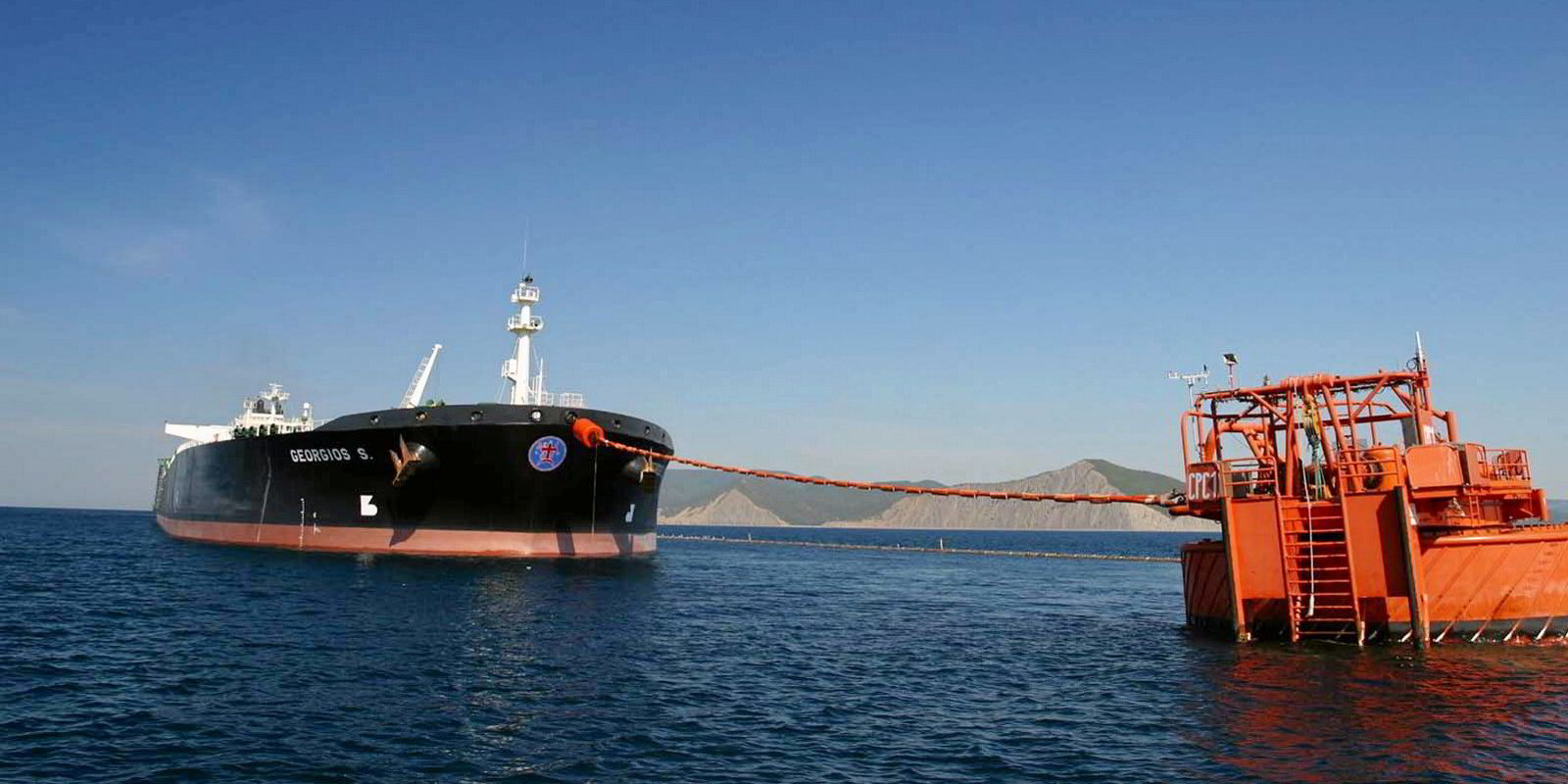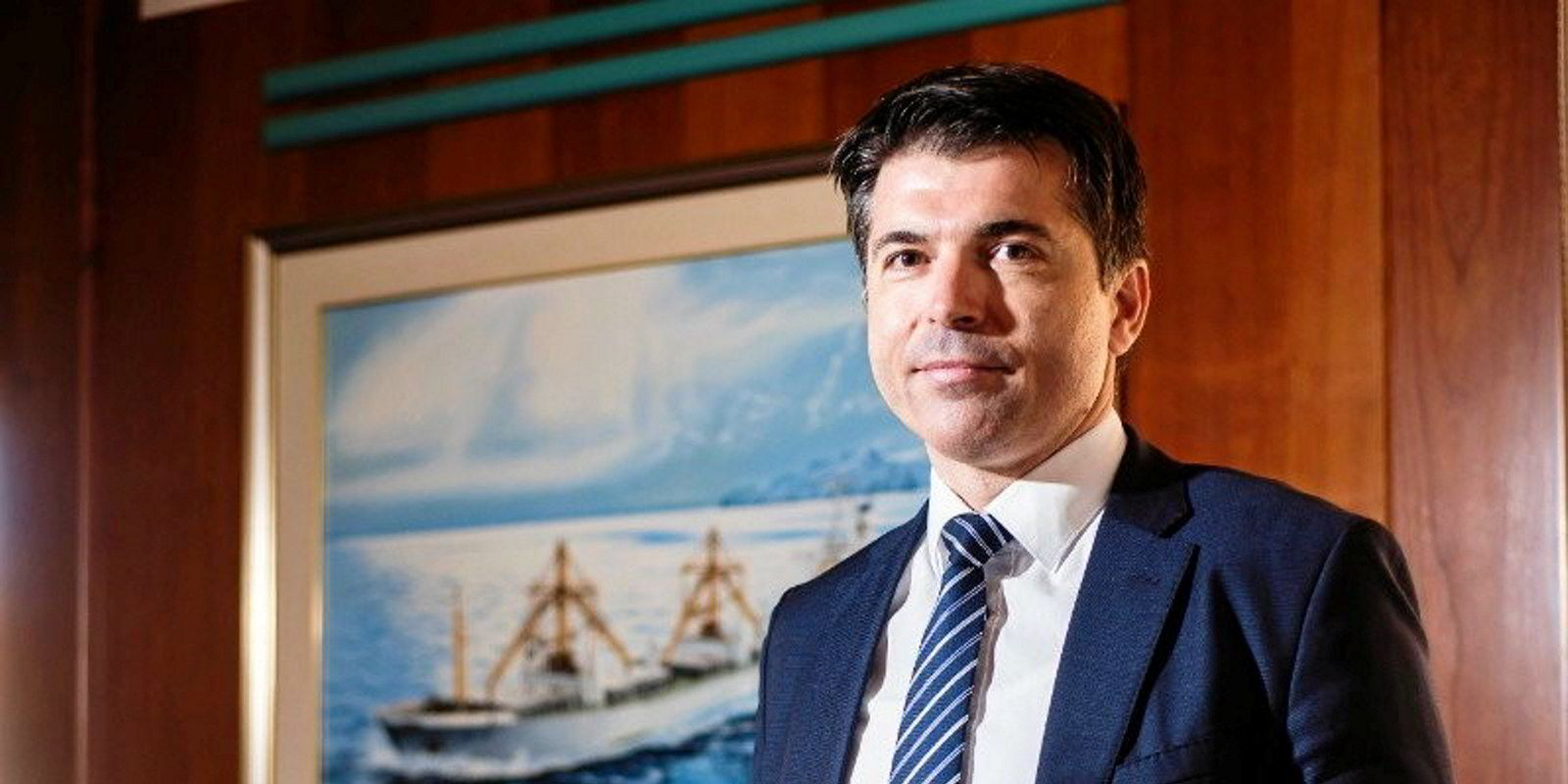Crude exports look set to rise from Russia’s Black Sea port of Novorossiysk after an upgrade.
The joint-venture Caspian Pipeline Consortium (CPC) expects to complete work in July 2025 to allow three tankers of up to VLCC size to be loaded simultaneously at its single-point moorings (SPMs), the company said.
The idea is to reduce bottlenecks for shipments of the CPC blend, which is made up of 90% Kazakhstani crude and 10% Russian.
The work is now on to its fourth stage, which includes the installation of a third pressure control unit and a third pressure relief station.
“The technical solution renders it possible to send oil for loading a tanker through any new system for measuring the amount of oil along any loading line,” CPC said.
“Simultaneous loading from the three SPMs will also enter into commercial operation if it is necessary to pump oil promptly from a filled tank farm of a maritime terminal, owing to pauses in transhipment because of weather conditions or other reasons,” it added.
Two SPMs can be used at the same time now, with the third as backup.
CPC is owned 24% by the Russian Federation and 19% by Kazakhstan’s KazMunayGas, with Chevron, Lukoil and ExxonMobil also involved.
The pipeline moves Caspian oil from the Tengiz field to Novorossiysk.
Dependence reduced?
Last year, shipbroker BRS said Kazakhstan appeared to be taking steps to cut its dependence on the Russian oil export infrastructure following the Ukraine invasion.
The government had increasingly been exporting crude tanker cargoes across the Caspian Sea, the broker noted.
In 2022, crude loadings at CPC were disrupted following inspections to assess damage to the infrastructure.
The terminal suspended oil loadings from two of three SPMs. Tankers continued to use SPM-3.
Divers discovered cracks in subsea hose attachments to buoyancy tanks, CPC said.
Loadings were previously halted after storm damage earlier that year.





